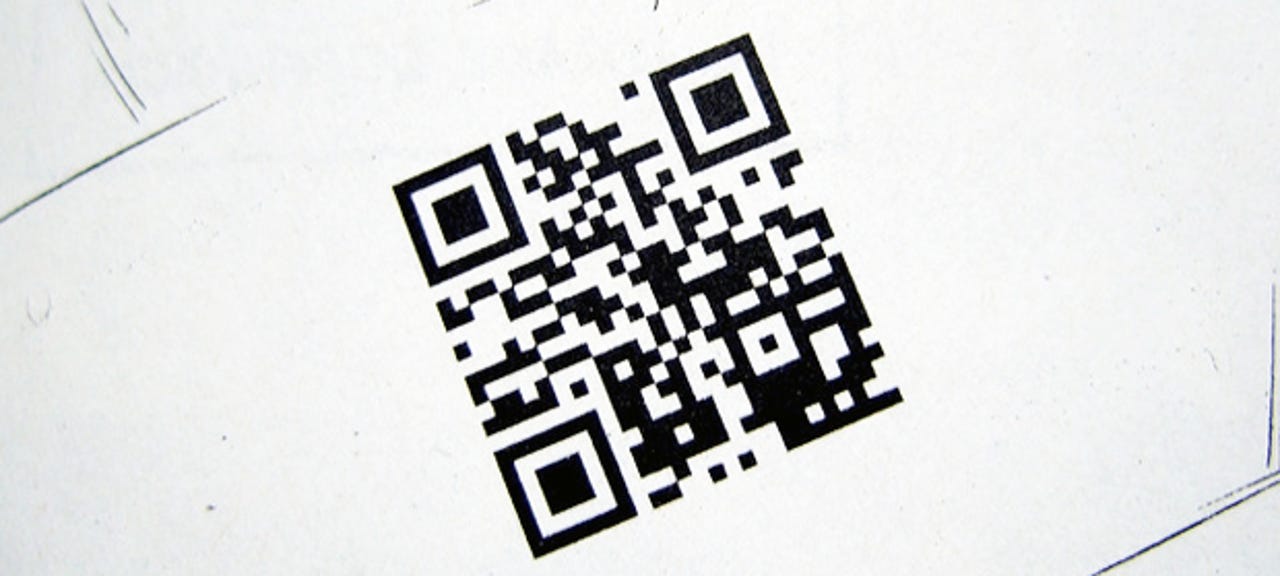QR codes on campus: why don't they work?

QR code use at university have made little more than a limp entry within academic institutions.
In theory, QR codes could be used as a medium for many applications in academic learning. It could promote on-the-spot learning and access to resources, as well as becoming a method for more interactive activities. It could also be an alternative way to access learning materials rather than via manual text entry. However, the emergence of mobile tagging technology has seemingly done little to impress students.

(Source: Flickr)
See also: Gallery -- Bizarre QR code use
A study conducted by Archrival suggested that 75% of students on 24 U.S campuses are not interested in scanning or utilizing QR codes.
81% of the students interviewed said they owned a smartphone, with the iPhone the most popular at 42%. Android models came in second with 33% of users, Blackberrys claimed 22.6%, and Windows models trailed at the back of the pack with a mere 1.9% of ownership.
Whilst the majority knew what QR codes are, only 21.5% were able to scan one when prompted. Some students tried but failed; others did not want to download required applications, and others complained it took too long.
Although this study's findings have to be assessed in relation to the low sample range, it could be interesting to conduct it with a larger focus group.
58.1% stated they would be unlikely to normally scan a QR code. Why?
Motivational factors
Many times I have scanned a QR code, it has been for no real benefit. If a student is going to take the time to draw out their mobile phone, unlock, open the software, then scan -- there needs to be some kind of incentive involved.If academic institutions begin to filter in promotional use of mobile tagging, for example 20% discounts on coffee in library cafe, perhaps it would make the consistent use of QR codes in academic activities more appealing to students.
Why don't QR codes appeal?
There are many reasons why mobile tagging doesn't appeal to students for everyday use:- Many students may own a smartphone, but not all know what a QR code is, or willing to download the software necessary to scan.
- Lighting conditions: Depending on what kind of camera phone you have, the quality of light may not be good enough to scan properly.
- Time intensive: A common complaint is that it takes too much effort to scan QR codes. Taking out a phone, unlocking, going to an application, then scanning -- often resulting in a URL that could have been typed in directly with less effort.
- Underwhelming results: QR codes often result in a single line of text or a web link, which don't appeal in relation to the effort required to scan.
- Mobile device features: Few mobile devices can be considered QR friendly. If mobile devices included an automatic scanning system within their camera components, then as less effort would be required, scanning frequency may increase.
Use of QR codes may be slowly increasing over time, but assuming every student is willing or has the means to access mobile tagging will potentially cause its downfall. If QR codes are to become less of a novelty and establish their reputation as a desirable marketing tool across campus grounds, then they need to be used more effectively.
QR codes should no longer be used across campus 'just for the sake of using them' and need to become content-specific, and give users a reason to want to implement them.